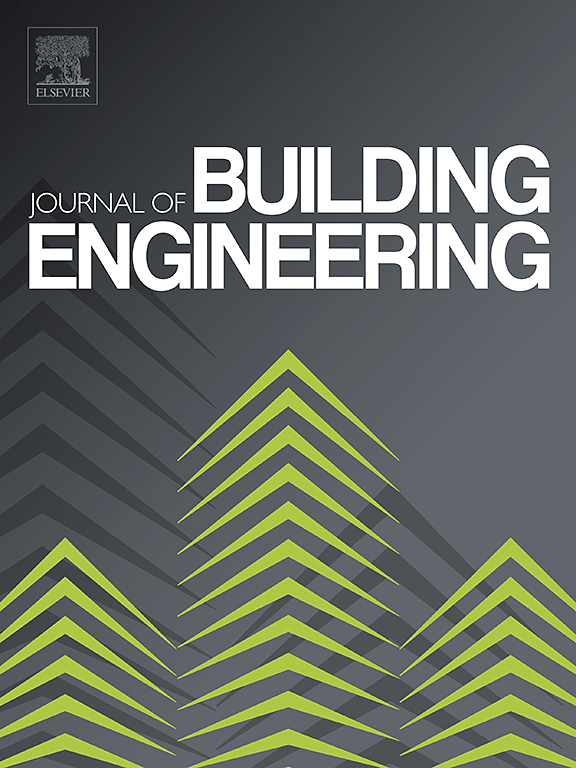Nicotinohydrazide modified chitosan as a new benign bio-macromolecule for corrosion protection of steel in acidic environment: Characterization, experimental and theoretical approach
IF 6.7
2区 工程技术
Q1 CONSTRUCTION & BUILDING TECHNOLOGY
引用次数: 0
Abstract
Corrosion inhibitors play a pivotal role in building and construction technology. Using formaldehyde (FDH) as a cross-linking agent, chitosan (CTS) was modified with nicotinic acid hydrazide (NADH), and its anticorrosion effect on mild steel in 1 M HCl was ascertained using combined gravimetric, electrochemical, and computational methods. An exhaustive Fourier-transformed infrared spectroscopy (FTIR) characterization of the modified CTS was adopted to confirm the grafting of NADH. An inhibition efficiency of 60 % was obtained with the unmodified CTS, while the nicotinic acid hydrazide-grated chitosan (CTS-NADH) gave an improved inhibition efficiency of 86.3 % at 200 mg/L. Polarization studies show that CTS-NADH had a mixed inhibition protection property since it acted on both the cathodic and anodic current curves. The CTS-NADH adsorption followed the Langmuir isotherm. X-ray photoelectron spectroscopy (XPS) results compare the peak areas/intensities of the chemical states of the elemental components of the product films formed on mild steel surfaces in 1 M HCl in the presence of CTS-NADH and CTS. Gravimetric, electrochemical, and XPS characterization results reveal how the grafting of NAHD on CTS enhanced the adsorption capacity of the CTS. SEM surface characterization confirmed minimal surface degradation of the inhibited mild steel. The computational analysis, using density functional theory (DFT) and molecular dynamics simulation (MDS), revealed that the modified CTS (CTS-NADH) provided better frontier electronic properties and higher adsorption energy compared to the unmodified CTS.

求助全文
约1分钟内获得全文
求助全文
来源期刊

Journal of building engineering
Engineering-Civil and Structural Engineering
CiteScore
10.00
自引率
12.50%
发文量
1901
审稿时长
35 days
期刊介绍:
The Journal of Building Engineering is an interdisciplinary journal that covers all aspects of science and technology concerned with the whole life cycle of the built environment; from the design phase through to construction, operation, performance, maintenance and its deterioration.
 求助内容:
求助内容: 应助结果提醒方式:
应助结果提醒方式:


